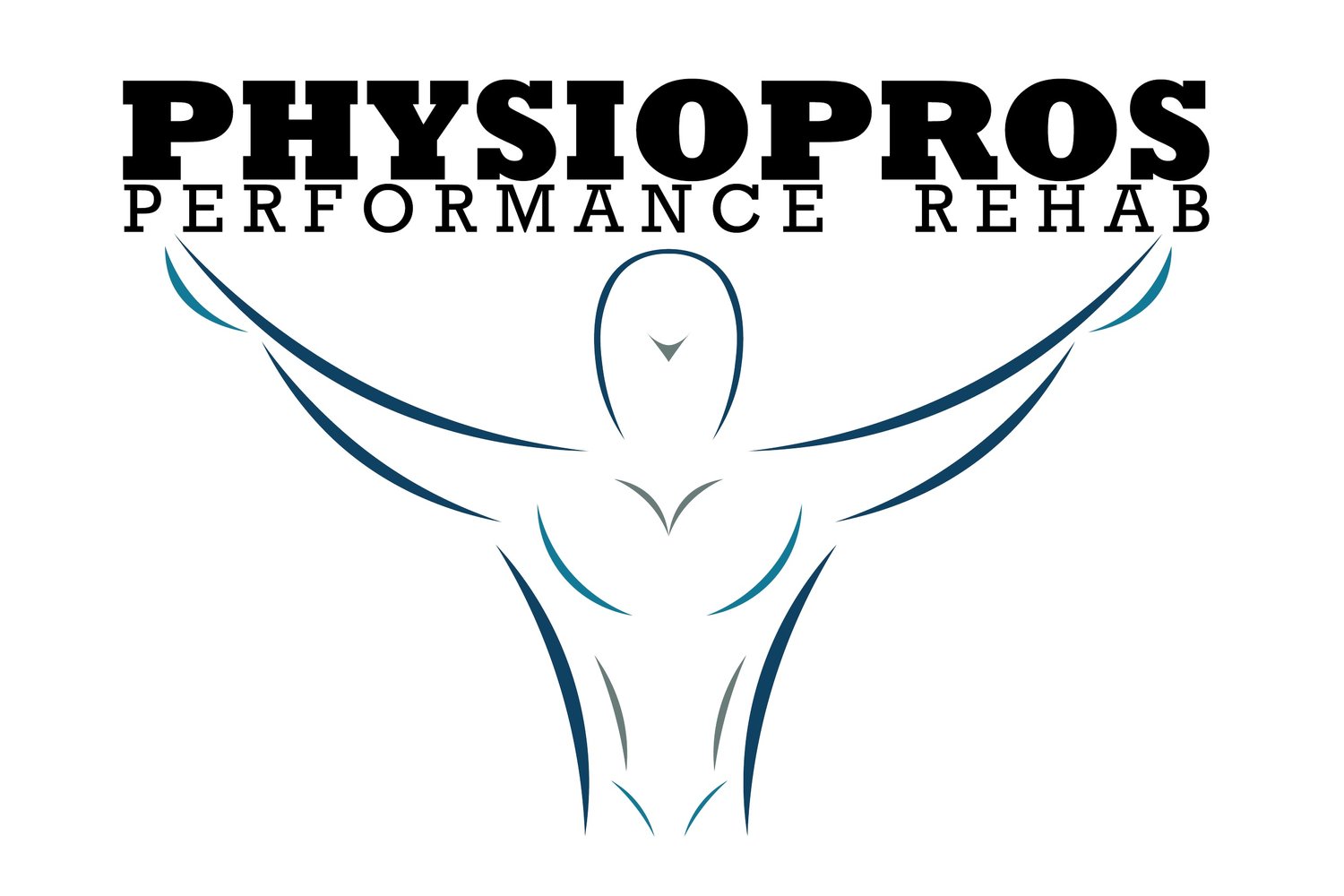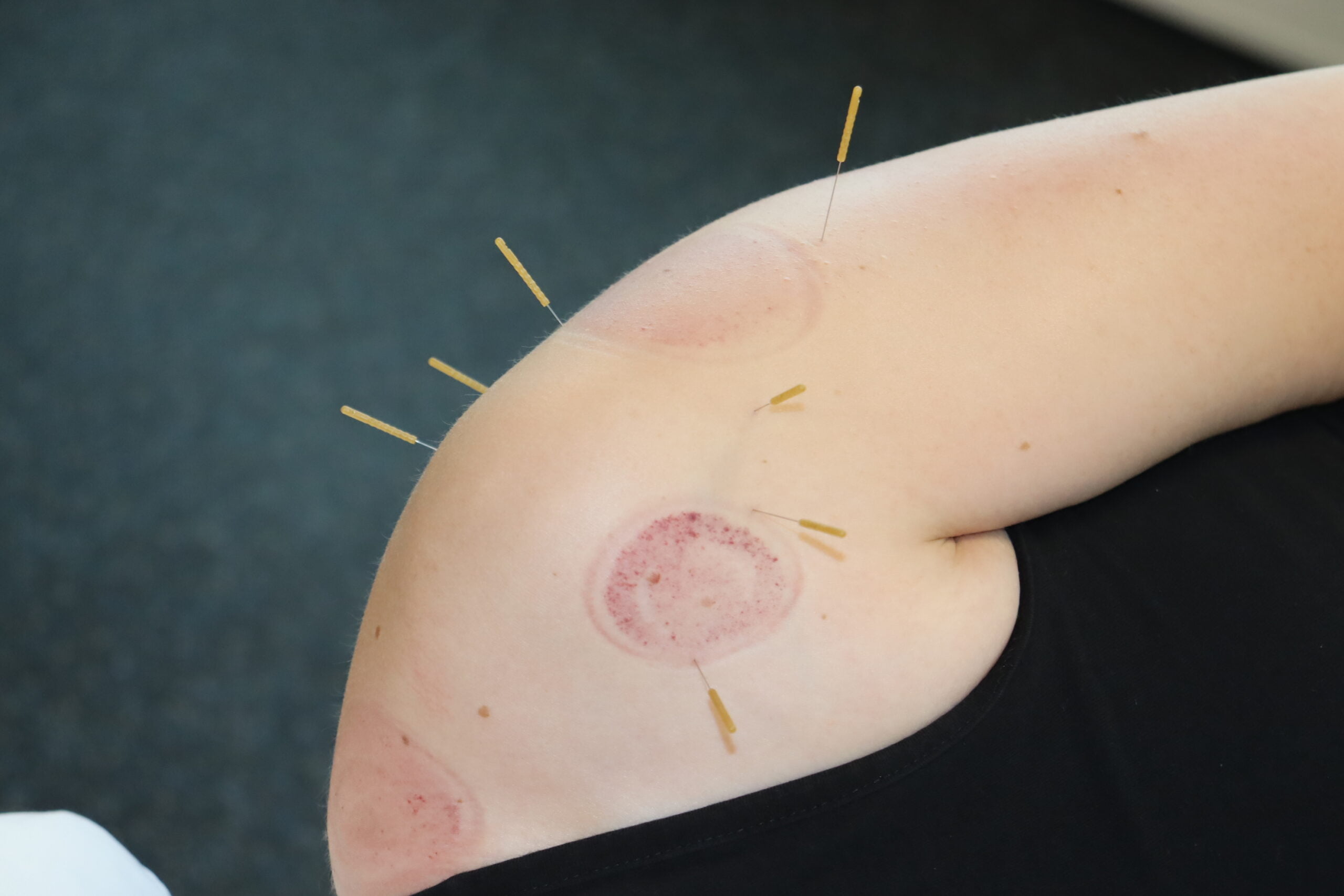Dry Needling
What is Dry Needling?
Dry needling is an innovative therapeutic technique utilized by physical therapists to effectively alleviate muscle pain and improve overall function. Specifically, this technique involves the insertion of fine, sterile needles into carefully chosen points within the muscle, commonly referred to as trigger points. Through this process, the treatment aims to release tension and stimulate healing.
Definition and Basics
This technique targets muscle tightness by inserting fine needles into problem areas, reducing pain and improving function. It also stimulates healing, enhances flexibility, and helps patients move more comfortably in daily life.
4 Benefits of Dry Needling
- Improves Microcirculation: Enhances blood flow to the affected area, promoting healing.
- Reduces Muscle Tightness: Helps relax tense muscles and alleviate discomfort.
- Relieves Pain: Effective for both acute and chronic pain conditions.
- Promotes Healing: Stimulates the body’s natural repair mechanisms to address underlying issues.
At Physiopros Performance Rehab, our experienced physical therapists are trained in dry needling through the Spinal Manipulation Institute. This advanced training ensures that you receive safe and effective treatment tailored to your specific needs.
Curious to learn more about how dry needling can help you?
How Dry Needling Differs from Acupuncture
While both use needles, they are fundamentally different. Specifically, acupuncture, which is rooted in traditional Chinese medicine, aims to balance the body’s energy flow, or Qi. On the other hand, dry needling, based on Western medicine principles, focuses specifically on the musculoskeletal system to alleviate pain and restore function.
How It Works
Dry needling is a highly effective technique that directly targets muscle pain and dysfunction. To better understand its benefits, let’s take a closer look at how it works and why it delivers such promising results. If you’re curious about what this process entails, check out our Instagram stories that demonstrate the procedure on our patient’s: Here’s what Dry Needling Looks Like!
Targeting Trigger Points
The primary focus of dry needling is on trigger points—tight knots of muscle that can cause pain and discomfort. These points can develop from overuse, stress, or injury and often refer pain to other parts of the body. By inserting needles into these specific points, dry needling helps to release the tension, deactivate the trigger points, and alleviate the associated pain.
Moreover, once the needles are in place, they provoke a natural response in the muscle. This typically causes the muscle to twitch momentarily before relaxing. Importantly, this reaction helps reset the muscle back to its normal state, thereby reducing tightness and improving overall flexibility.
As a result of this process, the release of muscle tension not only diminishes pain but also makes daily activities much easier to manage. With improved mobility and reduced discomfort, dry needling can be a transformative treatment for individuals struggling with persistent muscle pain.
The Science Behind It
The technique improves microcirculation in the targeted area. Specifically, when the fine, sterile needles are inserted into the muscle, they stimulate blood flow and increase oxygen delivery to the tissue. As a result, this enhanced circulation helps to reduce inflammation, flush out toxins, and promote healing.
Dry Needling FAQs
Q: Does it hurt?
- A: In most cases, patients report only minimal discomfort, often described as a quick pinprick. Additionally, some may experience a brief muscle twitch or mild soreness afterward, similar to what you might feel after a deep tissue massage.
Q: What types of conditions can this address?
- A: Interestingly, this therapy is versatile and can help with various conditions, such as arthritis, headaches, migraines, muscle tightness, trigger points, carpal tunnel syndrome, and chronic pain.
Q: How many sessions are typically needed?
- A: The number of sessions can vary depending on your condition and how your body responds to treatment. Furthermore, our therapists will design a personalized plan tailored specifically to your needs.
Q: Is this technique safe?
- A: Absolutely. When performed by trained professionals like our therapists at Physiopros Performance Rehab, this technique is entirely safe. In fact, we use sterile needles and adhere to strict safety protocols to ensure your well-being, For further details, follow this link.
Q: What should I expect following a session?
- A: Afterward, you might notice some mild muscle soreness, much like post-exercise soreness, which typically resolves within a day or two. Additionally, your therapist will provide aftercare instructions to help maximize the benefits of your treatment.
Q: How quickly will I see results?
- A: For many, relief is immediate after the first session, though others may require a few sessions to experience significant improvements. Ultimately, consistent treatment often delivers the best results.
Have more questions or ready to try it out for yourself? Book a consultation with us today using the following link: https://physioprospt.com/contact/ to learn more about how this innovative therapy can benefit you and enhance your recovery journey.


